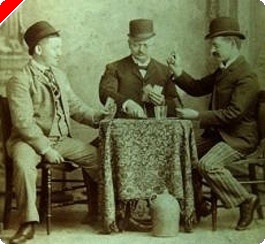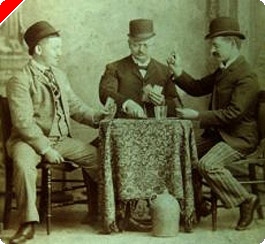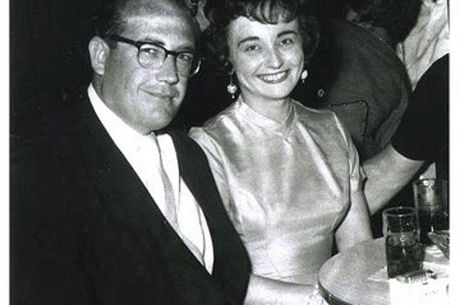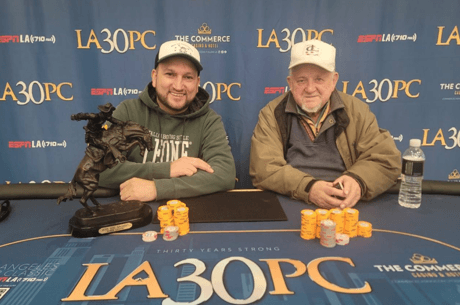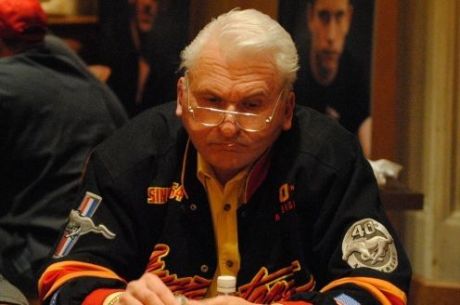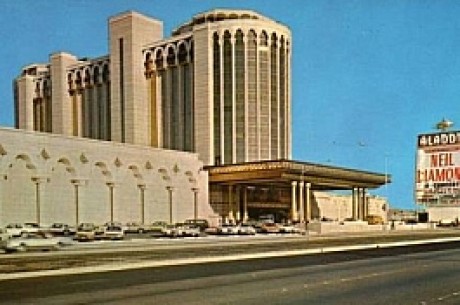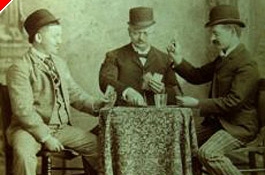From the Poker Vaults: Amarillo Slim's Super Bowl of Poker, Part II
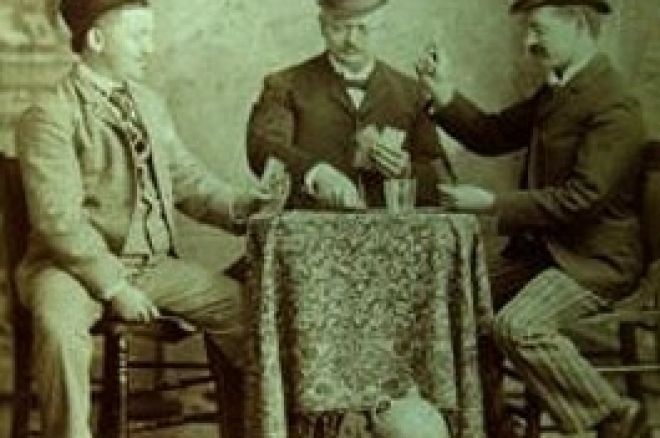
By the mid-1980s, Amarillo Slim's Super Bowl of Poker was firmly ensconced as the second biggest poker tournament in the world. In 1984, the field for the main event was actually big enough to force Slim to change his longstanding policy of only paying the top three finishers. Six players earned money that year, although the winner, Stu Ungar, still took home the lion's share ($275,000) of the prize pool. Having a two-time world champion win the Super Bowl of Poker certainly enhanced its reputation, and yet the tournament was still a long way from threatening the World Series of Poker's status as the world championship of the game.
The tournament's principal problem was that it had neither a permanent home nor any plan to acquire one. Players on the professional tour always knew that the World Series of Poker would be taking place at Binion's Horseshoe every year, but they never had any idea where the Super Bowl of Poker might end up. Such instability did nothing to help the tournament's development. While the World Series of Poker grew a little bigger each year, the Super Bowl of Poker remained fairly stagnant.
Following the pattern created early on in its existence, the tournament only stayed at the Sahara Tahoe a few years before Slim decided to move it across the street to Caesars. Predictably, its stay there would be brief. "I had some trouble with the general manager and I threatened him," explained Slim. "He told me I'd never be able to do anything else for Caesars, but he must have been wrong. The next year I held it at Caesars Palace in Las Vegas."
After returning to the desert, the tournament enjoyed the longest stretch of immobility it would ever know. This newfound stability had a positive effect on the size of the fields. Between 1985 and 1989, the tournament always attracted enough entrants to pay at least the top seven spots, even with Slim's top-heavy payout structure. Despite the larger fields, the champion still never received more than $220,000 during that stretch, while no World Series of Poker champion during that same period ever took home less than half a million dollars.
Once again, the task of injecting some much-needed life into Slim's tournament fell upon Stu Ungar. He won its main event in 1988 and then again in 1989, accomplishing a feat that will never be duplicated. "Nobody who won the main event at the World Series ever won a Super Bowl of Poker also, other than Stu Ungar," explained Sexton," and he won both of them three times each. It's a very impressive stat, believe me."
The wave of momentum the tournament enjoyed after Ungar's victories crested in 1990 when, according to Slim's figures, "eighteen hundred and some-odd" players competed in fourteen events. Giving the tournament a further boost, Chip Reese, T.J. Cloutier, and three world champions (Hamid Dastmalchi, Jack Keller, and Stu Ungar) all made the final table of the main event. Cloutier went on to defeat Keller heads-up and in the process earned $240,000.
Just as it appeared that Slim's tournament might have finally found a permanent home at Caesars Palace in Las Vegas, it was forced to hit the road once more. This time the impetus for the move didn't come from Slim's itinerant ways but rather an unlucky break �� unable to compete with the card room at the newly opened Mirage, Caesars opted to close its poker room. Needing a new location for the following year's tournament, Slim chose the casino that made him the best deal, the Flamingo Hilton in Laughlin, Nevada.
"They needed some kind of promotion down at the river," he explained. "That's the only one I ever had that wasn't real good. It was during the Gulf War, and nobody could fly in down there. You had to fly to Vegas and rent a car and drive 125 miles, and that didn't go over real big."
While Slim blamed the 1991 tournament's lack of the success on the journey, T.J. Cloutier blamed the destination. "In those days Laughlin was nothing," he said. "It was all older people going to Laughlin, and there was nowhere to go there. They had a little golf course across the river, but it was too hot to play. The year we went there it was just a scorcher. What's the use in going outside when it's 115 degrees? It was a big flop. Nobody showed up. We had a really small tournament. I think it started with two tables or something like that."
In fact, only twelve players entered the main event that year, and the champion, Jack Keller, only won a relatively paltry $52,250. The abysmal turnout proved to be the tournament's death blow.
"Slim kept hopping it around and that was a problem," said Sexton. "He got the best deal down there in Laughlin so he took it down there, but it wasn't good for the tournament and it died out after that. It died out primarily because he took it out of the big casinos."
If Slim was sad to see the tournament he'd brought into existence thirteen years before suddenly shut down its operation, he didn't show it. "I had served my apprenticeship," he said. "I really didn't need a job."
Editor's Note: Storms Reback co-wrote All In: The (Almost) Entirely True Story of the World Series of Poker, and collaborated with Sam Farha on Farha on Omaha: Expert Strategy for Beating Cash Games and Tournaments. His column on some of the bright moments in poker history appears weekly at Pokernews.com.
Get Your Party Poker Bonus Code on PokerNews.com3?

